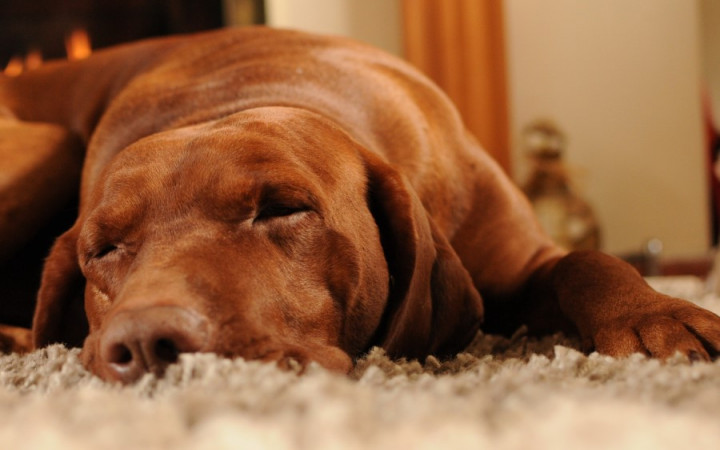Today’s Wonder of the Day was inspired by efren. efren Wonders, “i wonder how carpets are made” Thanks for WONDERing with us, efren!
Where do you like to do your homework? Some kids may have desks in their bedrooms at home. Others may spread their books out across the kitchen table while their parents cook dinner. Still others enjoy throwing a few pillows on the floor and lounging on that warm, comfortable surface we all know and love. What are we talking about? Carpet, of course!
Whether it's sliding out of bed on a cool, crisp winter morning or relaxing in front of the television to watch a movie, there's nothing quite like the warmth and softness of carpet under our feet and bodies. Many of us take for granted the plush carpeting in our homes that comforts our feet as we walk across it daily.
Imagine what it must have been like for prehistoric human beings who took shelter in primitive caves. What would it have felt like to walk, sit, and sleep on nothing but cold, hard rock? It probably didn't take long before ancient humans began to use animal skins, plant leaves, and other soft materials to line the floors of their caves.
Were these types of materials the first carpets? No one knows for sure. We do know, however, that carpet does have a long and interesting history. Historians have found evidence of animals, such as goats and sheep, being sheared for hair and wool that could be spun and woven over 9,000 years ago. Knotted-pile carpet rugs are thought to have developed in western Asia 4,000-5,000 years ago.
The oldest carpet ever discovered is the Pazyryk carpet, which is a pile carpet rug discovered in a Siberian burial mound in 1949. Experts believe it is over 6,000 years old, dating back to the 5th century B.C. Preserved in ice for thousands of years, the Pazyryk carpet features rich colors in a dense pile of symmetrical double knots.
In the United States, the earliest carpets were large rugs made of woven wool. Using large looms brought from England, woven carpet mills began to develop in cities along the East Coast. In fact, the U.S. carpet industry got its start in 1791 when William Sprague started a woven carpet mill in Philadelphia, Pennsylvania. The industry continued to expand over time, as technology allowed high-quality carpets to be manufactured quickly.
Wall-to-wall tufted carpets like we enjoy today have their own unique history independent of their woven wool predecessors. In fact, they got their start as handcrafted bedspreads in the small town of Dalton, Georgia.
Around the turn of the 20th century, a young woman in Dalton named Catherine Evans Whitener made a handcrafted bedspread as a wedding gift. Using a quilt pattern she had seen, she sewed thick cotton yarn onto unbleached muslin fabric. To make the bedspread softer, she clipped the ends of the yarn, so that they would fluff out.
Over the next several decades, her process for making bedspreads became extremely popular, and entire families began to make a living by hand-tufting bedspreads. Demand for these bedspreads was high and spread to large cities around the U.S. Income from making bedspreads helped many Dalton-area families survive the Great Depression.
Eventually, machines were developed to automate the tufting process. Mills sprang up in and around Dalton, and new products were developed, including broadloom carpets. After World War II, new synthetic fibers were developed to replace wool and cotton, including polyester, nylon, rayon, and acrylics.
Today, tufted broadloom carpets made of synthetic fibers account for over 90% of the carpet market. Dalton remains at the center of the carpet industry, producing over 70% of world-wide carpet output. That's why Dalton is known as the "Carpet Capital of the World."




